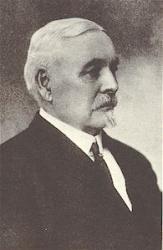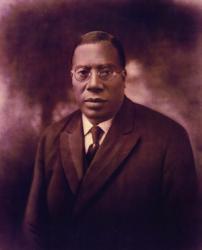1850 - 1917 Person Name: Louisa M, R. Rtead Hymnal Number: 79 Author of "Tis So Sweet To Trust In Jesus" in Sweeter Than All Songs Louisa (Louise) Maria Rouse Stead Wodehouse
b. Dover, Kent, 1 February 1846 [registered Louisa Maria Rouse, but often known as Louise]
d. Penkridge, Southern Rhodesia, 18 January 1917
She grew up in England, in Kent and Sussex, becoming governess to a family in Lyminge, Kent, before emigrating to America, c. 1871. While living in Cincinnati, Ohio, she attended a camp meeting in Urbana, Ohio, and wrote her first hymn, ‘Precious Saviour, thou hast saved me’, which was published in Winnowed Hymns, 1873, with music by Dora Boole. In September 1873 she married George Stead, of Hempstead, Long Island, at St Paul Methodist Episcopal Church, Cincinnati, and moved to Hempstead. Her verses, ‘Saved from the power and the bondage of sin’ were published in The Advocate of Christian Holiness, August 1875. She was apparently in England from April to July 1876, with their infant daughter, Louise, when her husband drowned in Hempstead Bay in May 1876, while saving the life of his little boy (a son from his previous marriage). In 1880, she was still living in Hempstead with Louise (aged 5), but shortly afterwards went to South Africa, where she married Robert Wodehouse in Port Elizabeth in January 1882. Her best known-hymn, ‘Tis so sweet to trust in Jesus’, with music by William J. Kirkpatrick, was published in Songs of Triumph, 1882. They served as missionaries in Africa for about 15 years, before returning to Long Island, USA, where he was pastor of the Methodist Episcopal Church at East Meadow for several years. They returned to Africa in January 1901, to work in Umtali, Rhodesia. After retiring in 1911, she lived near Mutambara mission station, fifty miles from Umtali. Her daughter Louise (sometimes known as Lillie), followed her mother to Africa, where she married the Rev. David A. Carson, and was able to care for her mother in her later years.
Gordon Taylor (research for Companion to the 2015 Song Book of the Salvation Army)
Louisa M. R. Stead


 My Starred Hymns
My Starred Hymns




